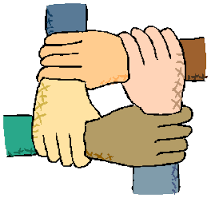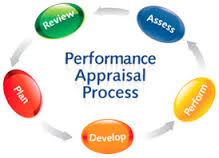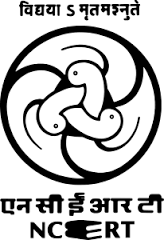When we look around in the office at schools colleges or in the society where we live, we generally come across a lot number of people with different tastes, cultures, some we dislike or some we like. This is diversity and it involves understanding that each individual is unique, and recognizing our individual differences. In the past HRM was considerably simpler because our work force was strikingly homogeneous. Today’s work force comprises of people of different gender, age, social class sexual orientation, values, personality characteristics, ethnicity, religion, education, language, physical appearance, marital status, lifestyle, beliefs, ideologies and background , different economic status and so on.
Diversity not only involves how people perceive themselves, but how they perceive others. Those perceptions affect their interactions. Successful organizations recognize the need for immediate action and are ready and willing to spend resources on managing diversity in the workplace.
Managing differencesity at workforce involves a lot of challenges. These Challenges of diversity in workplace are –
1. Communication – one of the biggest challenges is communication cultural and language barriers need to be overcome for diversity programs to succeed. Ineffective communication of key objectives results in confusion, lack of teamwork, and low morale.
2. Resistance to change – There are always employees who will refuse to accept the fact that the social and cultural makeup of their workplace is changing. They are coming from different backgrounds and one or the other employee may not find it apt in every situation arising in the organisation.
3. Management of diverse population- Another challenge faced by organizations striving to foster a more diverse workforce is the management of a diverse population. Managing diversity is more than simply acknowledging differences in people. A number of organizational theorists have suggested that work-teams which are highly diverse can be difficult to motivate and manage for a variety of reasons.
Implementing diversity inclusion initiatives must start with the commitment from the top. Ignoring diversity issues costs time, money, and efficiency. Some of the consequences can include unhealthy tensions; loss of productivity because of increased conflict; inability to attract and retain talented people of all kinds; complaints and legal actions; and inability to retain valuable employees, resulting in lost investments in recruitment and training.
But of course there are benefits of diversity in an organisation such as Organizations employing a diverse workforce can supply a greater variety of solutions to problems in service, sourcing, and allocation of resources. Employees from diverse backgrounds bring individual talents and experiences in suggesting ideas that are flexible in adapting to fluctuating markets and customer demands, it can help in providing the broader service range as well as provide a pool of ideas and experiences from variety of people from different background. On the other hand, diversity is claimed to bring potential benefits such as better decision making and improved problem solving, greater creativity and innovation, which leads to enhanced product development, and customer satisfaction.
Diversity provides organizations with the ability to compete in global markets. Hence it is necessary to properly manage the diversity at workplace to get the best results out of it and use it in a positive way removing differences.
Click here for government certification in Human Resources





11 Comments. Leave new
nice one.
I believe workplace diversity is important for the welfare of an organisation. But there should be unity in workplace diversity.
good
It is important to manage all the diversities and get the maximum output from employees, there lies the capability of a team leader. Good work!!
The point focussing on diversity with regards to perception is a noteworhy one, because often employers fail to recognize perceptions of individuals as an important component of diversity. Nice job!
Well explained..!
One of the most important things in the organisations 🙂
Well Explained 😀
very well written
good points!
liked it 🙂